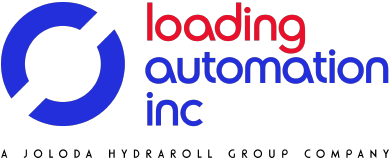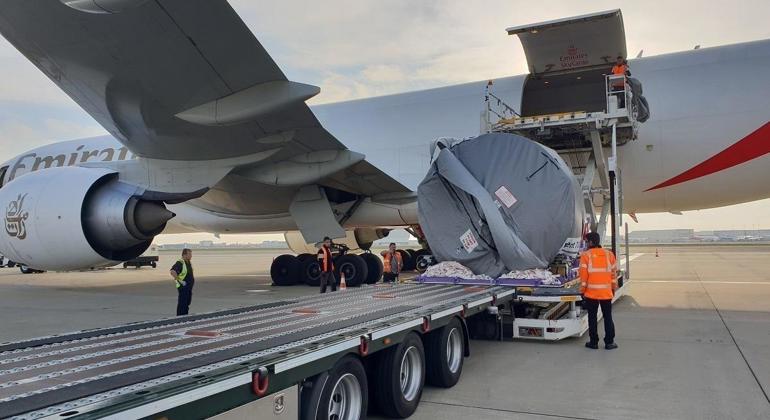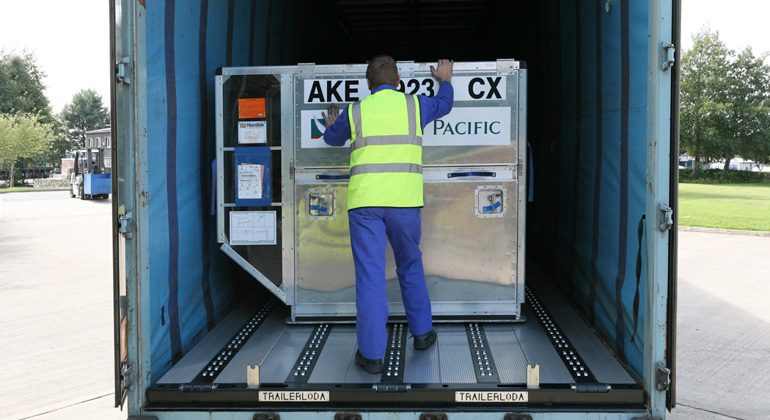Clearance procedures, documentation procedures, restrictions, IATA rules and regulations for cargo, country-specific policies and less preparation time are just a few of the challenges faced by the air cargo industry and air freight handling businesses face. In the air cargo transportation industry, it’s essential to get goods to their final recipient as soon as safely possible since consumers have become more demanding, these are not challenges to overcome as smoothly and as swiftly as you can.
Loading solutions come in immensely handy when it comes to supporting operators in the air cargo industry. They can take care of the heavy manual work and allow the operators to load trailers and other vehicles more quickly, relieving some of the pressure when they’ve managed to navigate the obstacles stated above before getting their goods out to manufacturers, retailers and other customers. This post looks at how automated loading can benefit air cargo logistics operators.
Book a FREE Loading Assessment
Learn how to make the loading process safer and more efficient with a no-obligation assessment...
BOOK NOW

